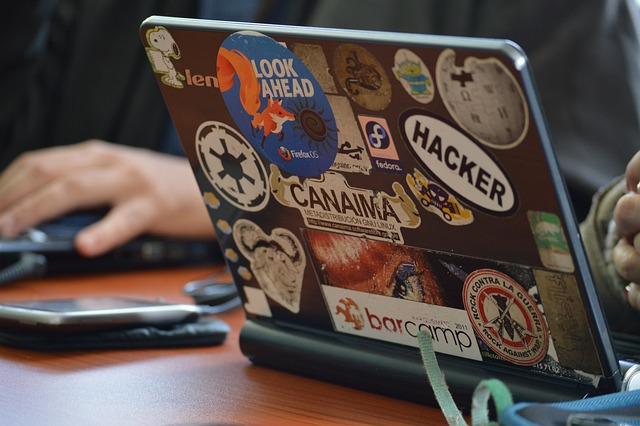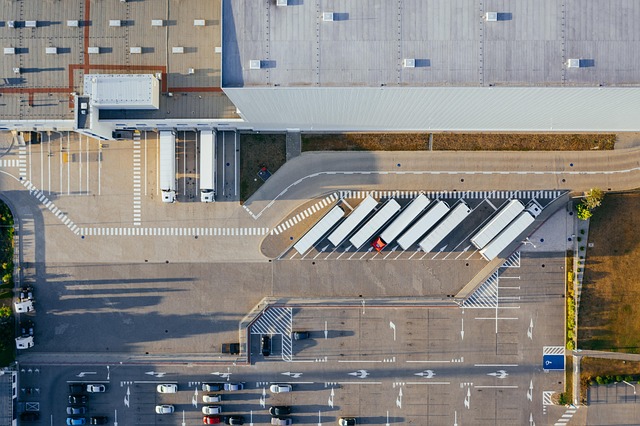5 Pro Tips for Mining Site Managers

Mining is a dangerous task that requires extensive planning on every level. From the operation of machinery to OSHA safety requirements, keeping a close eye on the day-to-day goings-on of a mine is crucial.
There are also a number of environmental, legal, and practical issues that could hinder any successful mining business for a time.
If you are looking for ways to improve your mining site, here are a few potential points of interest.
1. Equipment Maintenance
Mining equipment is expensive, and it can be damaged or cause damage if used improperly. A poorly maintained screw pump, for example, could cause damage to surrounding equipment or otherwise cause unsafe mining conditions if it leaks.
Small-scale mining operations might even utilize mercury to retrieve gold from ores, and mercury is additionally used to retrieve small amounts of gold from sediment in mines. Different kinds of screw pumps are used in different types of mining operations as well, and might even be utilized in different areas of the same mine.
This, combined with the heavy industry elements of mining, emphasizes the importance of taking as many steps as necessary to keep your more delicate components in good condition.
Indeed, it may be wise to go so far as to utilize a preventative maintenance schedule to prevent things like conveyor malfunctions, instead of simply fixing problems as and when they occur. In other words, if you think getting forklift engine maintenance done at some point, sooner is always better than later.
2. Environmental Concerns
Operations that involve delving into the ground on some level are almost always going to raise questions when it comes to environmental impact.
To help curb the unnecessary spread of harmful gasses that were trapped underground, or prevent dangerous chemicals from contaminating the water supply, many governmental bodies have instituted regulations that mining outfits must adhere to.
This isn’t simply an excuse to preserve only a few specially-designated wildlife conservation areas, either; large volumes of mining contaminants are cleaned out of drinking water on a daily basis.
Individual mining sites can even contain millions of cubic yards of these contaminants by themselves, and if a mine does not properly dispose of the offending debris, the result can cause a massive environmental disaster down the road.
Mines can also be gradual sources of pollution long after they are no longer active, so it is important that you take the proper precautions to keep our world a cleaner place.
3. Worker Safety
No industry can operate entirely without human intervention and mining, important as it is, is not without its dangers. Workers have to be extremely careful in a mine, especially when dealing with an environment that would benefit greatly from a space-efficient spiral conveyor in a cramped space.
Work is carried out in close proximity to lots of moving parts, and dangerous chemicals are used regular basis. You can expect to follow quite a lot of OSHA regulations. A thorough employee training that covers everything from accident prevention to hazard recognition and self protection in hazardous situations is also required.
Example safety measures that are covered by mandatory emergency response plans include; wireless communication between employees, escape routes with flame-resistant directional lifelines, and quarterly training drills on a number of important safety measures.
Employees working in a mine also have the right to be represented and have their working conditions inspected, so if your mine is unsafe you can expect to have it dealt with appropriately by the authorities.
4. Logistics
Getting a bunch of people and equipment underground for the purposes of extracting metals buried in the ground, then processed and ready for market use, can be a logistical nightmare if you aren’t adequately prepared for it.
Food and water need to be supplied to workers if they are in remote locations during the course of their working day, and if you are running an underground mine then this all needs to happen in a reasonably ventilated environment that is structurally stable.
“Mine induced seismicity” is a common cause for mining accidents, and this is in part caused by the geometry of the mine itself, therefore making logistical considerations a matter of safety as well as work efficiency.
With this in mind, it would be a good idea to get as much of your supply chain planned out as possible; get your food and mineral water deliveries worked out well in advance of when they might be needed, dispose of slag appropriately, and keep your mine as efficiently organized as possible.
That being said, you are going to want to utilize automation as much as possible to reduce the likelihood of human error. While this might result in a more complicated maintenance schedule, once operations start running smoothly and your employees are appropriately trained, this will help to ensure a safer workplace.
However, if you find yourself stuck and wondering what to do and how to do it, the experts at Versa-Line suggest working with wireline logging experts. They have the right equipment and training to get the work done more quickly and efficiently. So, it will save you time and lower the overall burden.
5. Regular Evaluations
Regardless of whether there are cracks where there shouldn’t be, attention isn’t being paid to the throughput of a liquid, or there aren’t enough safety lights, you need to be able to tell your employees about it for their own safety.
Consider having everything inspected as regularly as possible and have a system for placing priority on tasks and fixes that need to happen based on their importance to safety and the continued operation of the mine. Even if this seems like a needless hassle, you will be better off in the long run; safety equipment will wear out eventually, and it is better for everyone if you replace it before someone gets hurt or it gets reported to OSHA.
Few would deny that mines are important to modern-day society. Copper, for example, is a metal that is used in almost every electronic system we utilize on a daily basis and it mainly comes from underground deposits.
The benefits to society that mines provide, should not come at a cost we are not willing to pay, however. Safe and sustainable mining practices are a must if we want our planet to be a place that our children can call a safe and green home.






